If severe storms have been causing flooding in your area, it’s not just your home and personal belongings that you need to be concerned about. Your vehicles are also highly vulnerable to water damage. According to the Federal Emergency Management Agency (FEMA), just six inches of water is enough to reach the underside of most passenger cars, while a foot of water can cause many vehicles to float and two feet of rushing water will carry away most vehicles, including SUVs and pickups.
No matter what level floodwaters reach, if they are able to creep inside your vehicle, they are likely to result in a number of issues—and expenses. From mold and mildew buildup to stained carpets and upholstery and problems with your engine and electrical components, water damage to your car can be extremely costly to fix.
So, in a flood scenario, would you have to pay for any necessary repairs to your vehicle or, worst case, have to shell out thousands of dollars for a new car? Unlike a standard home insurance policy, which does not include coverage for flooding, your auto insurance policy may provide protection against flood damage to your car, but only if it includes an optional coverage called comprehensive insurance.
In fact, if you have comprehensive coverage on your auto insurance policy, you typically get help paying to repair or replace your vehicle (minus your deductible) whether it is ruined by flooding or by other sudden and accidental water damage. For example, the comprehensive portion of your car insurance policy generally provides coverage in the following situations:
- Rising waters during a flood get into your vehicle’s engine and interior, causing a lot of damage.
- Hailstones during a storm break through your car’s windshield or windows, letting rain and hail into your vehicle.
- During a sudden, heavy rainstorm, water manages to seep into your car through a closed window, door, or sunroof.
- A tree branch falls on your car during a storm, allowing snow, rain, or ice to enter your vehicle.
Without comprehensive coverage on your auto policy, you would be responsible for paying all repair or replacement costs in these and other similar situations. On the other hand, if you do have this optional car insurance coverage, you can have peace of mind that your insurance company will be there to help get you and your car back out on the road again as soon as possible.
How to Add Comprehensive and Other Important Optional Coverages to Your Car Insurance
Many states require drivers to carry a minimum amount of car insurance coverage, and often drivers will purchase only this basic coverage amount. However, these state minimum requirements typically do not include critical coverages, like comprehensive, which can expose drivers to greater financial risk if their car is in an accident or damaged. This is why at Fred C. Church, we encourage our clients to select comprehensive and other optional coverages, such as Loan/Lease Gap, Disappearing Deductible, and Accident Forgiveness, that usually provide broader protection for their vehicles.
If you don’t have comprehensive coverage on your car insurance policy—or you’re not sure if you do—it’s important that you find out now rather than waiting until the next severe storm is in the forecast. Many insurance companies restrict policyholders from making changes to their insurance coverage once a major storm is on its way. So, we encourage you to contact your Fred C. Church professional today to learn more about this and other important auto coverages. Our team may be able to identify endorsements and discounts that will offer better protection and more savings today or for the long term.
Have more questions about your car insurance coverage? We’ve got the answers, so please give us a call. Remember, you can ask us anything.



